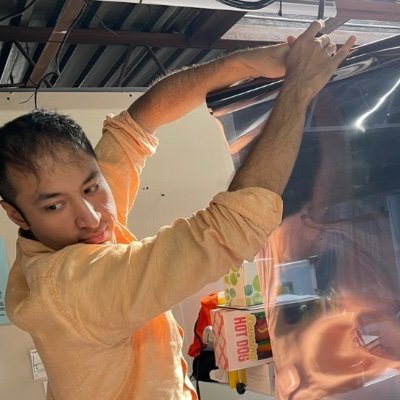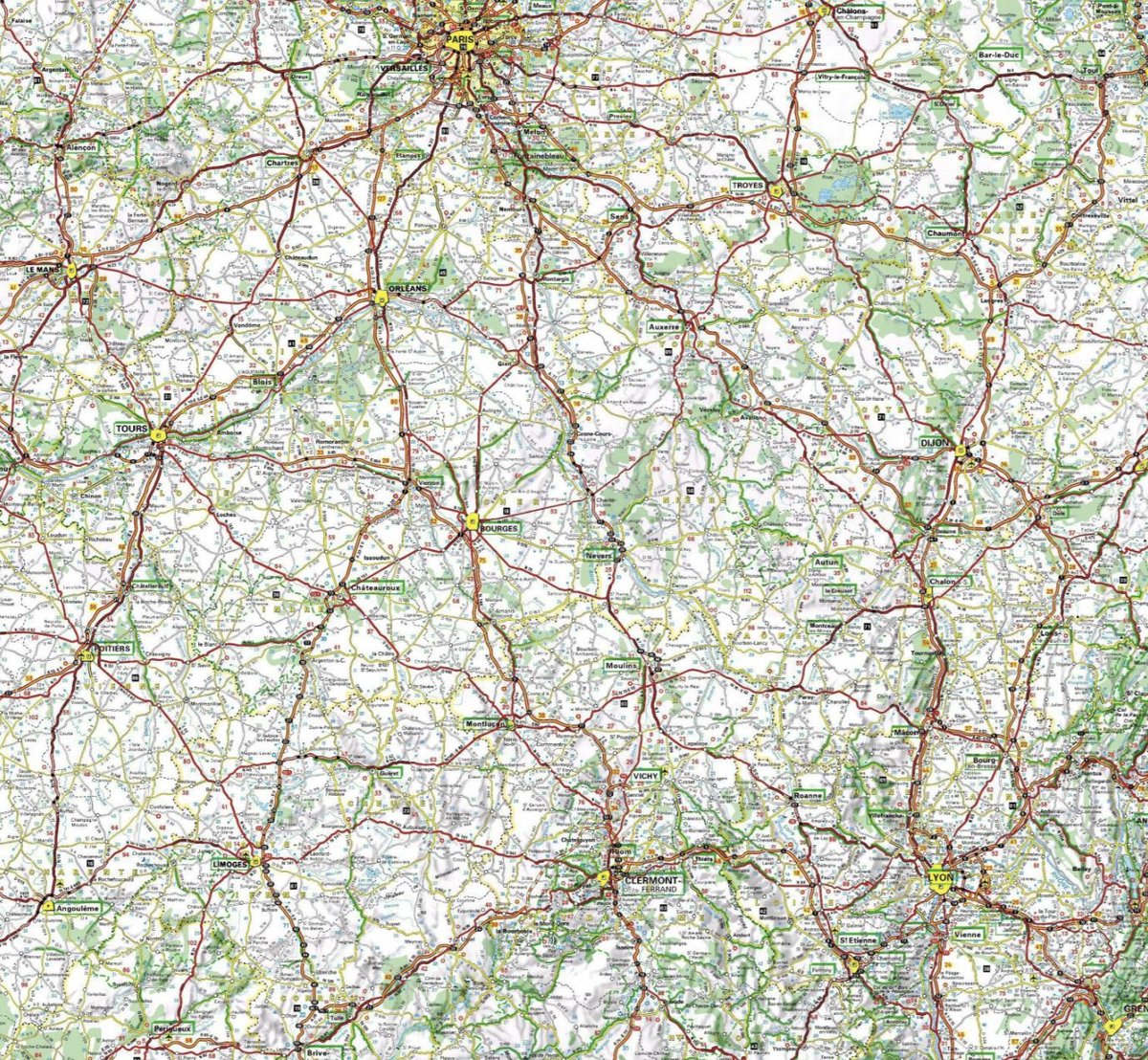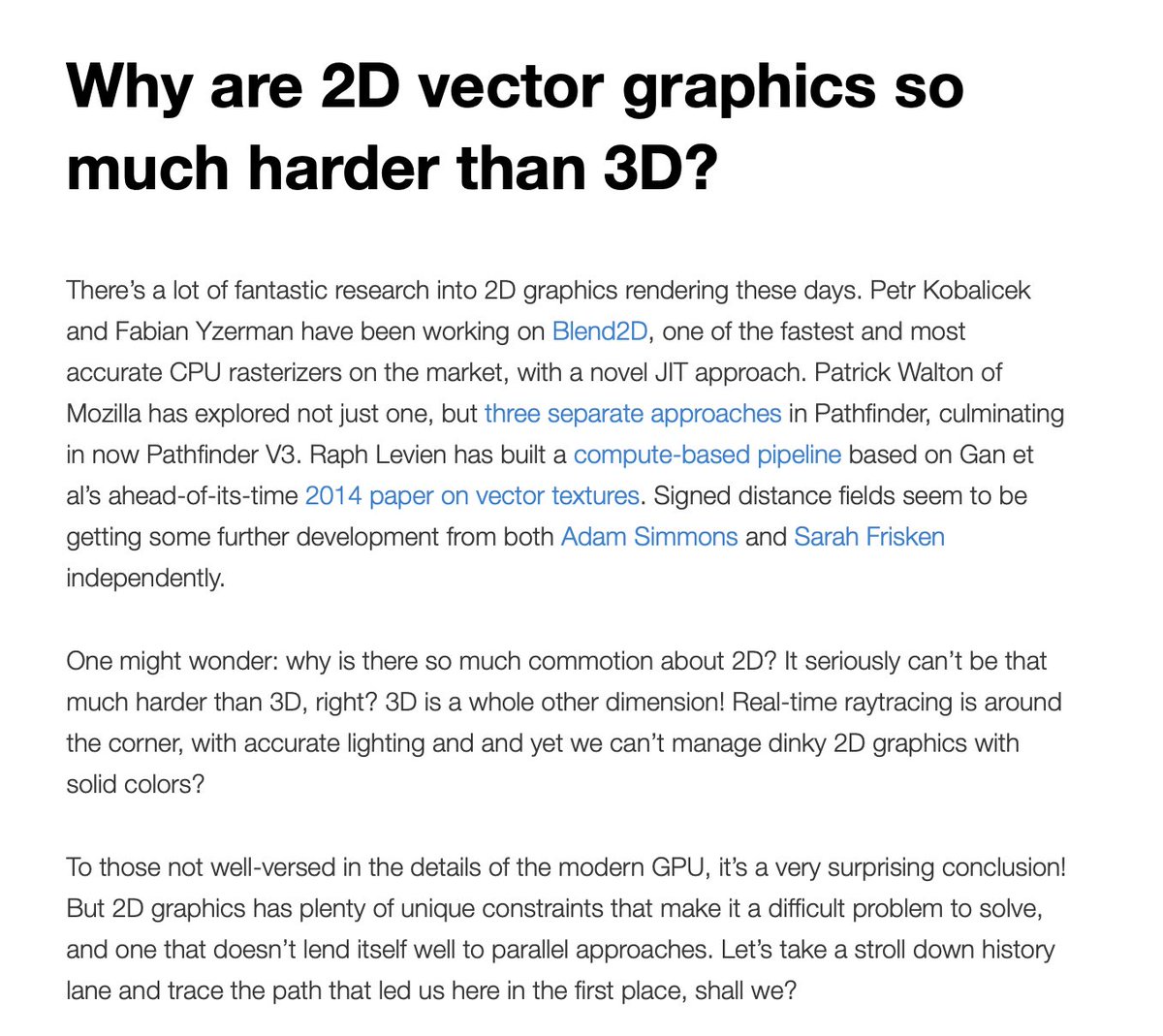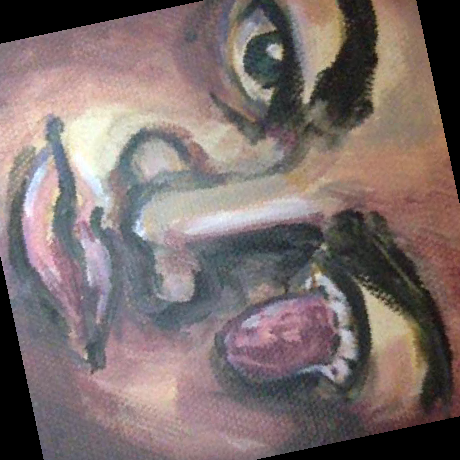
Omar Rizwan
@rsnous
Followers
9K
Following
45K
Media
4K
Statuses
32K
"i am determined to move beyond this way of interacting with systems"
scheming (New York, NY)
Joined December 2010
there's something Edward Tufte or Magic Ink-adjacent about this -- the thesis that information design on computers/phones has gone too far in the direction of interactivity, hiding too much, & there should be a return to a more information-dense print design ethos.
I wish digital maps had a setting to increase label density by a factor of 10+, for a perspective like the road atlases of yore. We manufacture these amazing high-resolution displays but then render maps in crayon.
9
35
375
@saramagenheimer I like the idea that your square gets bigger the less you talk, so eventually the screen is dominated by huge silent faces.
5
17
333
this is a good example of why strict hierarchy and encapsulation is bad for making a GUI.
How have I never noticed that macOS' menu bar "shares" space between menu items for the hover state? I don't think I've ever seen this before. Normally I'd expect each item to have its own reserved space for the hover state.
9
4
279
So much of what people like about terminals isn't really about plain text!. - low latency.- information density.- ability to automate (even copy and paste, not just scripting).
@creachadair Yes! Plus the absurdly high input-to-output latency compared to rxvt. I sometimes think it's not terminals I like, it's just information density, which by all rights should be much higher on graphical displays. Sigh.
5
26
199
They should have "Subway Mode" (in addition to "Airplane Mode") that defers network requests and visibly queues them up in the corner of your screen until you enter an internet-connected zone again.
If you want people to use your app when they’re bored and your target market lives in nyc, you need to make sure it works offline (or at least can deal with network reconnects really easily) so they can use it on long subway rides.
4
7
217
good example of the potential if you can take even a well-known existing visual representation (I've liked for a long time) and turn it into a 'mini-IDE' by adding liveness and provenance / brushing and linking.
Finished REDE, a Regex IDE which visualizes the structure and evaluation of Regex/NFAs for my submission to @handmade_net visibility jam
1
21
181
📝 I've written about Geokit, my mapping system @Dynamicland1: It's a pretty detailed explanation of both 'what it does' and 'how it's made' which might help illustrate what's so unique about Dynamicland.
5
59
168
Unix processes should maybe all run 'Web servers' and you can send your browser to like ' http://Chromium.localhost' or ' http://clang.localhost' and see various live internal data structures and computations of that program.
9
5
125
the VB6 GUI builder was also wild because it produced programs that perfectly matched the appearance of normal Windows programs. so you didn't feel like an outsider, or like you were using a toy.
1. Visual basic 6's GUI builder was revolutionary, and it's a travesty nothing has succeeded it. VB6 could have democratized programming to the same degree spreadsheets did.
4
13
112
i still believe that it's possible to have GUI that reveals rather than hides the real structure of the computer.
Compare this imagined future to the actual future: most of our wonder devices are veritable black boxes to most of us, and have grown more so (think of what the rise to dominance of GUIs has meant for how we interact with our computers and what we know about their structure).
9
14
104
I feel like a _lot_ of people now learn how to write if statements or for loops at some point in college, but relatively few are 'programmers' or part of 'programming culture' which also is about Unix, the terminal, the filesystem, package management, servers, etc.
We teach kids how to write if statements before we teach them how to install programs or manage files. it’s like teaching them how to parallel park before they’ve learned to steer.
8
2
107
















































